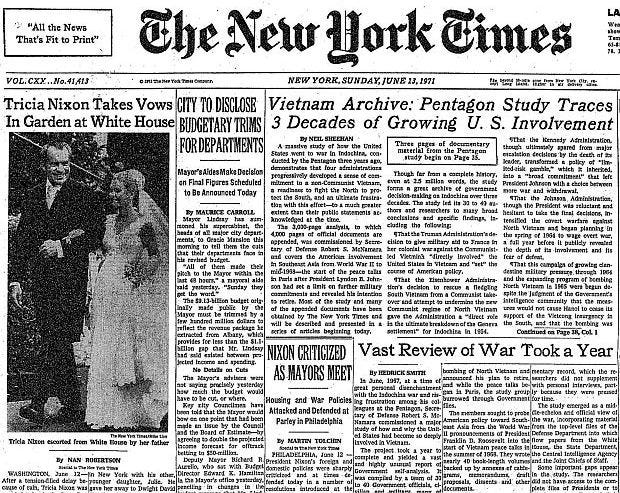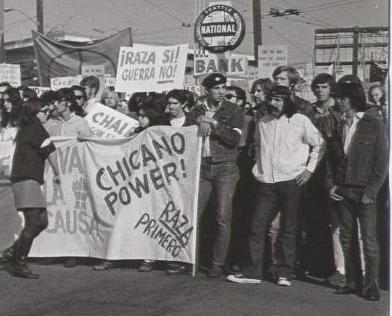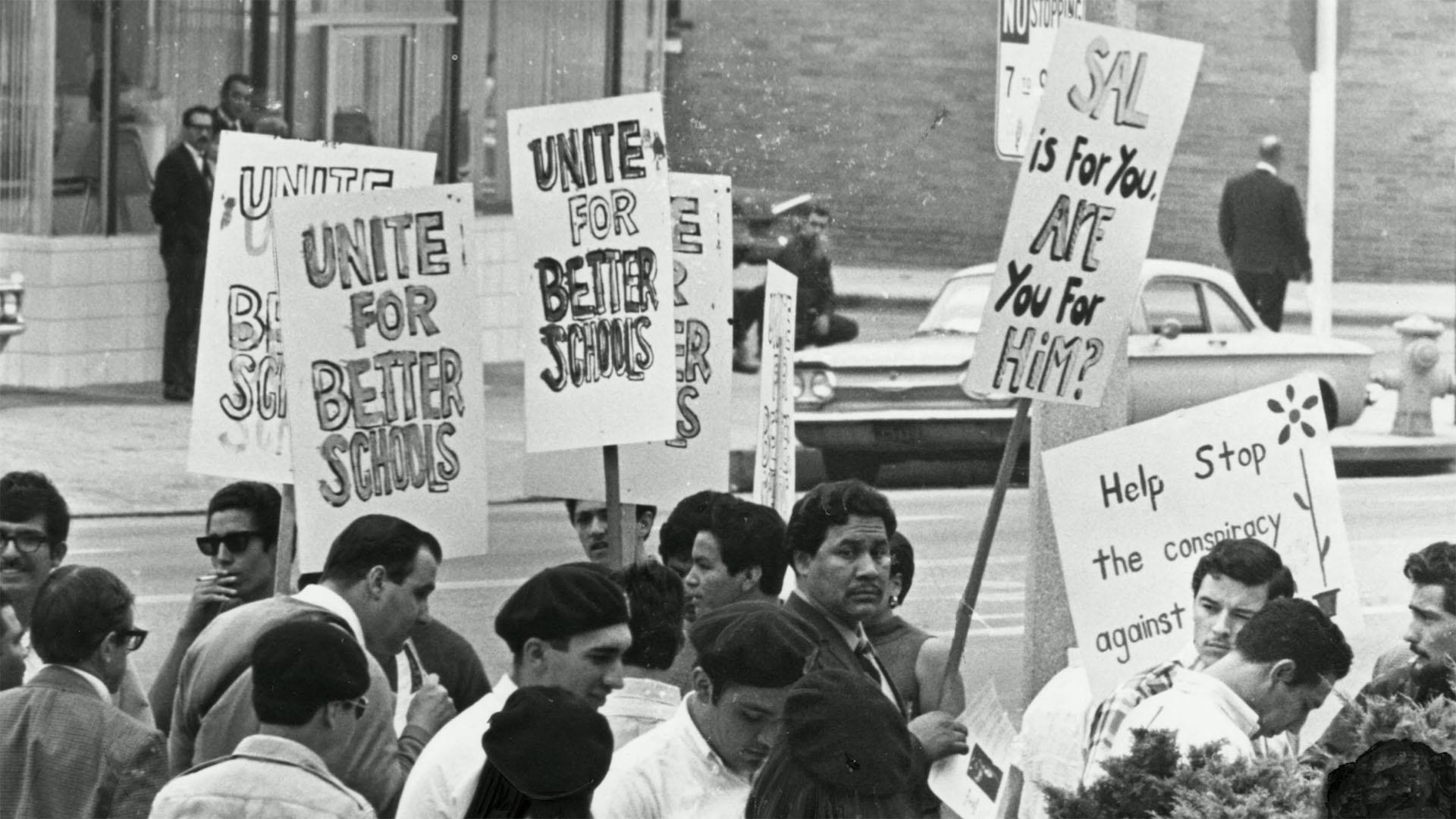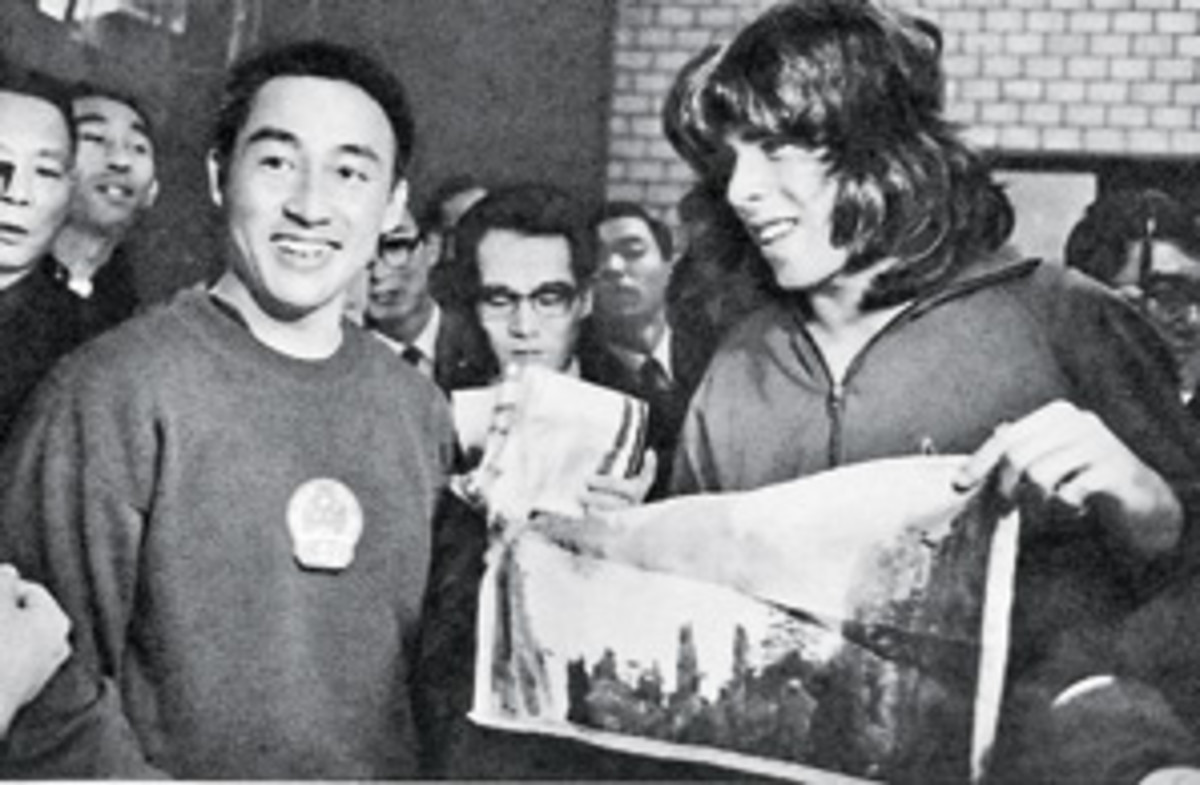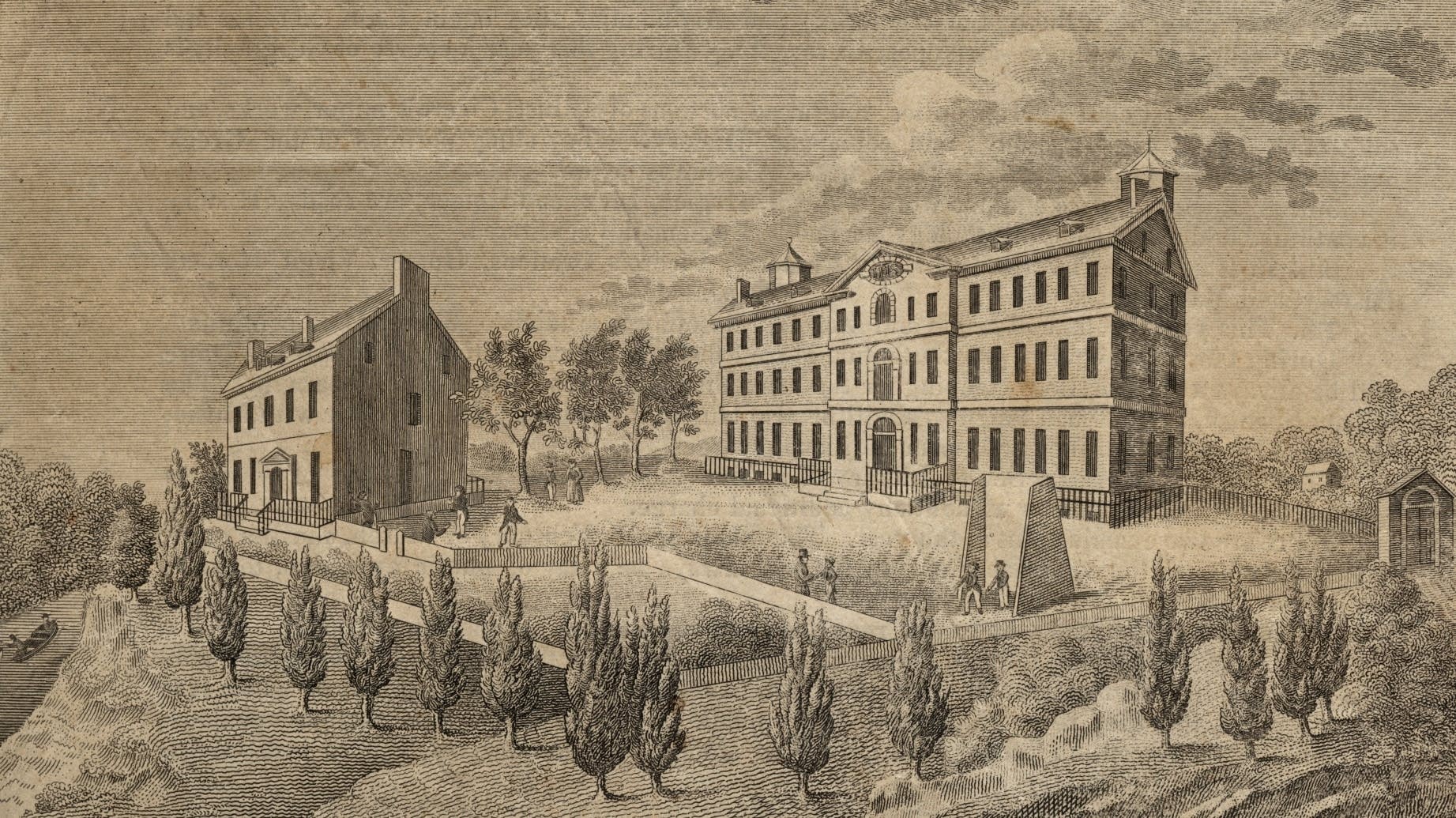One day, in response to the growing population of anti-war protesters, the bartender at a bar Donohue frequented remarked that the troops in Vietnam deserved a pat on the back and a cold beer. Upon hearing that, Donohue was determined to go to Vietnam and crack a cold one with the boys.
Donohue was a veteran who served four years in the Marine Corps and was working as a merchant seaman, a civilian seaman who worked on tankers and other commercial ships. Since he held a seaman’s card (“Z” card), he was one of the few civilians who could legally go to Vietnam. Donohue heard that the next ship was leaving soon, so he threw on a plaid shirt and light blue jeans, brought two cases of bear stuffed in his duffle bag, wrote down a list of people he was to give beer to, and headed off to Vietnam on the Drake Victory, a merchant ship transporting ammo.
Donohue drank all of his beer during the two months on the Drake Victory, but stocked up again upon landing in Qui Nhon harbor. Shortly after pulling in to the harbor, Donohue noticed that the insignia of the group of officers who were examining the Drake Victory was that of the 127th Military Company: the same unit one of his friends, Tom Collins, was in. After pulling aside one of the Military Police and spinning up a sob story about looking for his “brother-in-law”, Collins arrived, shocked to see Donohue. After sharing a few drinks, Donohue set off to meet up with the other people on his list.
| Donohue (left) sharing a beer with four of his friends |
Donohue traveled from Qui Nhon to Khe Sahn and Saigon handing out beers, crossing off the names on his list, and restocking. However, getting around Vietnam wasn’t the easiest thing for Donohue to do, as he had to stay out of sight while wearing a colorful plaid shirt and jeans. To get around the issue of transportation, Donohue talked his way onto convoys, transport helicopters, planes, and trucks.
Despite his best efforts to get rides, Donohue was once stranded when his ship left port without him, causing him to get stuck in the Tet Offensive, a series of surprise attacks launched by the Viet Cong and North Vietnamese forces against the US and South Vietnamese forces. However, Donohue wasn’t particularly concerned, as he just hung around and caught up with his buddies on the frontline for a while longer.
By March of 1968, Donohue made his way back home where his beer run made him a local legend. Even though there were, and still are, many skeptics of Donohue’s story, the idea of him committing his life to deliver beer and instill hope within his friends that they were going to make it back alive is what makes this story impressive.
Short documentary for this beer run by Pabst Blue Ribbon: https://www.youtube.com/watch?v=D4WAUmyKDq0
https://www.nytimes.com/2017/05/29/nyregion/a-daring-beer-run-to-soldiers-in-vietnam-recounted-yet-again.html?_r=0
https://www.amazon.com/Greatest-Beer-Run-Ever-Friendship/dp/0998686816
https://taskandpurpose.com/chick-donohue-vietnam-greatest-beer-run-history
https://www.wearethemighty.com/history/greatest-beer-run-ever-donohue?rebelltitem=1#rebelltitem1



